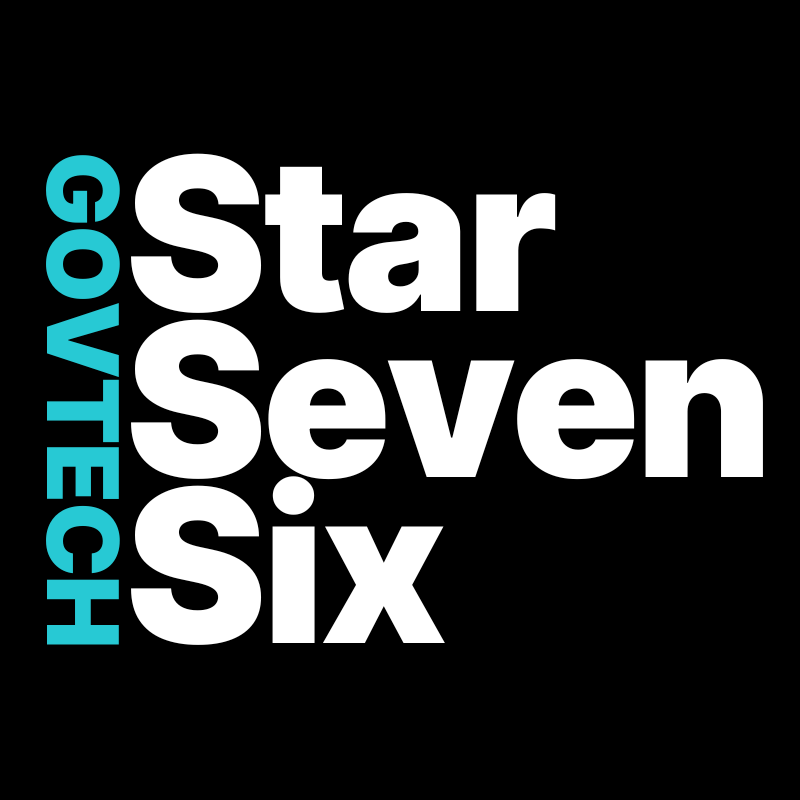For government leaders and public sector professionals, “accessibility” is no longer a technical detail—it’s the core promise of public service in the digital age. Recent GAO and OIG reports spotlight both impressive gains and persistent pain points in the quest to deliver citizen services online. As digital government becomes the default, how can agencies ensure that every interaction is user-centered, secure, and truly accessible?
Digital Service Delivery: Progress Driven by Purpose
Digital transformation is reshaping government services nationwide. Agencies are migrating processes online, rebuilding legacy systems, and launching mobile applications at unprecedented pace. The goal: open doors wider for citizens and businesses, while reducing operational friction for frontline staff.
GAO and OIG Reports: Lessons from the Field
- The GAO’s recent review of federal website modernization found clear advances: improved load times, mobile responsiveness, and measurable reductions in form submission errors.
- OIG spotlights, however, continue to flag gaps in accessibility for people with disabilities, inconsistencies in multilingual support, and persistent backlogs when digital channels are not fully integrated with legacy workflows.
- A 2023 GAO case study of the U.S. Department of Veterans Affairs digital upgrades lauded the adoption of user journey mapping, but also called out unresolved onboarding friction for less tech-savvy users—highlighting the need for empathy-driven design.
User-Centered Design: From Mandate to Movement
A decade ago, user-centered design (UCD) was an innovative buzzword—now, it’s a procurement requirement across federal, state, and local agencies, reinforced by OMB’s Digital Services Playbook and Section 508 accessibility standards.
Real-World Progress
- Login.gov: This single sign-on platform, now used by dozens of federal agencies, simplifies authentication with clear language, mobile compatibility, and careful attention to privacy.
- Ohio Benefits Portal: A user-research-driven redesign reduced abandonment rates by 30% and increased first-time application completion for SNAP and Medicaid, particularly among older residents.
- Municipal Rapid Response: During the pandemic, cities like Seattle implemented seamless vaccine scheduling portals after iterative usability testing, bridging equity gaps in underserved communities.
Persistent Challenges
- Legacy systems often require complex workarounds to integrate with new citizen-facing apps.
- Accessibility isn’t just about screen readers—plain language, cultural sensitivity, and device inclusivity remain key concerns flagged by oversight agencies.
Insights & Perspective: Best Practices for Government Decision-Makers
From the vantage point of a seasoned government tech advisor, three principles consistently drive success:
- Start with the Citizen Journey: Map out end-user touchpoints before coding begins. Engage both digitally literate and technology-wary citizens in prototype testing.
- Iterate and Measure: Deploy minimum viable products, then quickly adapt based on real usage, error rates, and equity metrics—not just internal KPIs.
- Ensure End-to-End Accessibility: Go beyond checklists. Test with screen readers, mobile devices, and multiple languages. Consider “offline first” strategies for bandwidth-limited communities.
Questions to Ask When Evaluating Digital Service Initiatives:
- Are we measuring both access and successful outcomes for diverse user groups?
- How quickly can our digital tools adapt to policy or eligibility changes?
- Is cybersecurity built in from the start, not bolted on at the end?
Conclusion
Digital service delivery is not just about technology—it embodies the public mission of government: accessible, equitable, and trustworthy service for all. As agencies continue to modernize, the lessons surfaced by GAO, OIG, and real-world deployments serve as both a map and a mirror, revealing what’s working and what requires redoubled focus.
For more insight into how veteran-led organizations approach modern, cost-effective, and citizen-serving tech in government, explore other perspectives from StarSevenSix GovTech. We’re committed to helping shape a more accessible digital future for public service.

